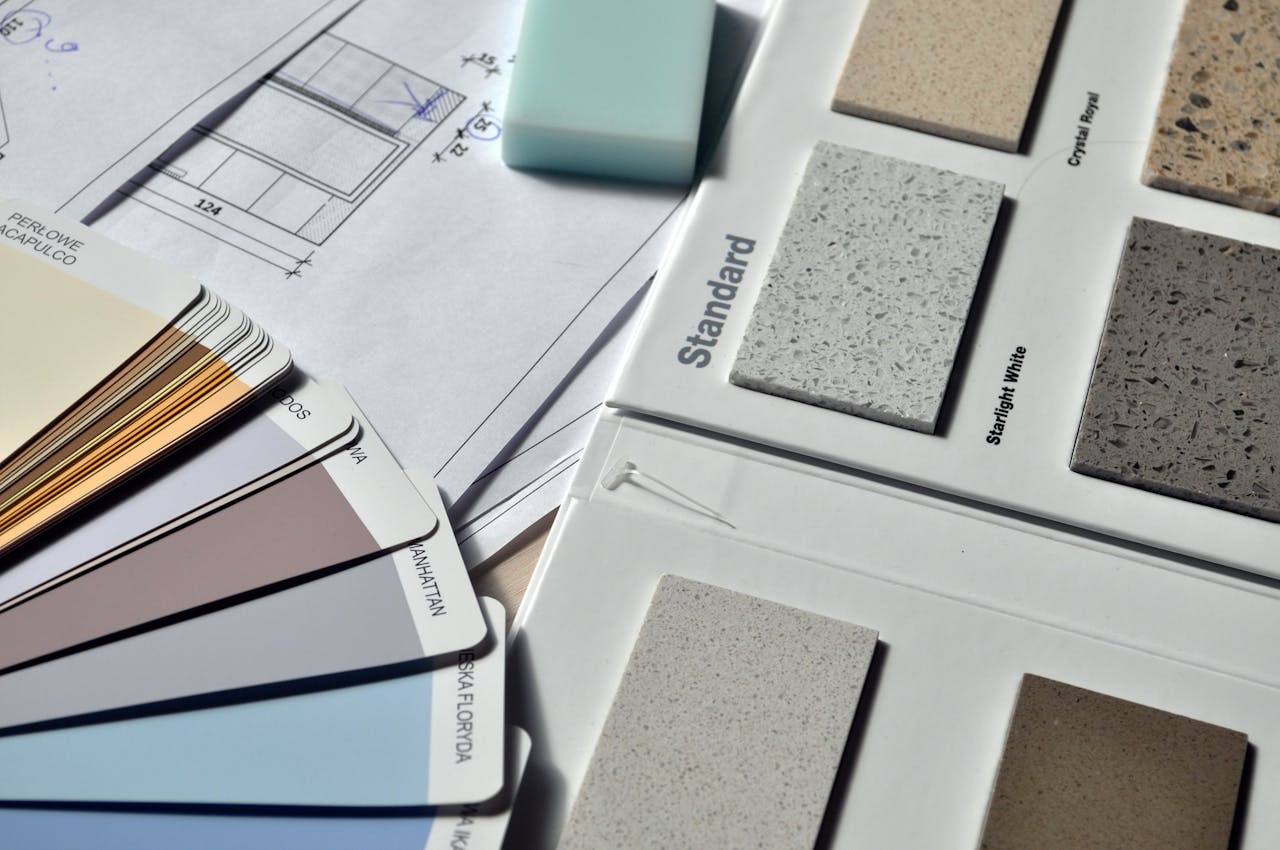Popcorn Ceilings: History, Benefits, Drawbacks, and Modern Alternatives

Popcorn ceilings, once a common feature in homes, are now often viewed as outdated and even problematic. But what was their original purpose, and do they still hold any value in today’s housing market? Let's dive into the history, benefits, and drawbacks of popcorn ceilings, while exploring alternatives that might better suit modern homeowners.
What Are Popcorn Ceilings?
Popcorn ceilings, also known as acoustic, stucco, or textured ceilings, have a distinctive bumpy appearance. The surface looks like cottage cheese, which is where another common nickname comes from. This texture was created by spraying a mixture of materials like Styrofoam, paint, and in many older homes, asbestos.
Popular from the 1950s through the 1980s, popcorn ceilings were a hallmark of the post-war housing boom. They were quick to apply, hid imperfections, and even helped with noise control. But while they served their purpose back in the day, modern homeowners often view them in a less favorable light.
Why Popcorn Ceilings Were Popular
So, what exactly made popcorn ceilings such a hit? One of the primary reasons was their ability to camouflage flaws. Whether it was cracks, leaks, or uneven drywall, popcorn ceilings could hide it all. In a time when labor-intensive smoothing techniques were costly, this spray-on option saved time and money.
Another significant benefit was its sound absorption capabilities. In apartments and multi-family homes, noise between floors could be a problem. Popcorn ceilings helped dampen sound, providing a more peaceful living environment.
Contractors loved popcorn ceilings for their ease of installation. Applying the textured spray was quick, meaning homes could be completed faster and at a lower cost. Homeowners appreciated this efficiency, especially when building on a budget.
The Downsides of Popcorn Ceilings
While popcorn ceilings once had their moment in the spotlight, their appeal has faded. Today, many consider them an eyesore, a remnant of outdated design trends. The lumpy texture doesn’t fit the sleek, modern look many buyers crave.
In older homes, popcorn ceilings can pose safety concerns. Before the 1970s, asbestos was a common ingredient in the textured material. Asbestos exposure can lead to serious health risks, including lung cancer and mesothelioma. If a home still has its original popcorn ceiling, professional asbestos testing is crucial before attempting removal.
Another issue with popcorn ceilings is that they’re difficult to repair. Matching the color and texture of an existing ceiling is tricky. It’s often easier to remove the entire ceiling than try to patch it seamlessly. Cleaning is also a challenge—dust, cobwebs, and insects love to settle into the bumpy surface, and vacuuming or wiping it down can cause pieces to break off.
Removing Popcorn Ceilings
Given the drawbacks, many homeowners choose to remove popcorn ceilings altogether. Doing so can instantly modernize a space, making it look cleaner and brighter. Smooth ceilings, in contrast, reflect more light, giving rooms an open and airy feel.
Removing popcorn ceilings can also boost a home’s value. Many buyers associate popcorn ceilings with older, less desirable homes. By getting rid of them, you make your property more attractive to potential buyers, which could lead to higher offers.
That said, popcorn ceiling removal isn’t a simple DIY project, especially if there’s asbestos involved. Professional removal is recommended, as it requires careful handling of hazardous materials. The process can also be messy, as removing the texture releases dust and debris that need to be properly contained.
Alternatives to Popcorn Ceilings
Once the popcorn is gone, what’s next? The most common alternative is a smooth ceiling, which gives a clean, minimalist appearance that appeals to most modern buyers. For those who still want some texture, there are other stylish options like knockdown or orange peel textures. These provide subtle depth without the heavy, dated look of popcorn.
If soundproofing is a concern, homeowners can explore more advanced materials designed to reduce noise transmission. Acoustic panels or soundproof drywall can provide the same sound-dampening benefits as popcorn ceilings, without compromising aesthetics.
Cleaning and Repairing Popcorn Ceilings
If removing the popcorn ceiling isn’t in the cards, proper care can help minimize some of its downsides. For light cleaning, a vacuum with a soft brush attachment can help remove dust without damaging the surface. In some cases, painting over a popcorn ceiling can freshen it up. However, this is a temporary solution that might not fully address discoloration or other flaws.
For small repairs, you can sand down damaged areas, apply a patch of plaster, and then repaint. Water damage is particularly tricky—since popcorn ceilings are highly absorbent, they tend to stain easily. In moisture-prone areas like bathrooms or kitchens, regular inspections and prompt repairs are essential to prevent long-term damage.
Conclusion
When it comes to popcorn ceilings, the decision to keep, remove, or repair depends on a few factors. While they may have been a practical choice in the past, today’s homeowners often prefer a smoother, more modern look. Popcorn ceilings can decrease a home’s value, especially if they contain asbestos, are in poor condition, or are just unappealing.
However, if cost-effectiveness is a priority, keeping the ceiling and opting for repairs and cleaning may be a reasonable compromise. In any case, consulting with professionals—whether for asbestos removal or advice on aesthetic improvements—is always a wise move.
Ultimately, while popcorn ceilings served a purpose in their time, today’s homeowners have more options that offer both beauty and practicality. By choosing the right ceiling finish, you can elevate your space and, in many cases, increase your home’s overall value.
Guillermo boasts a blend of interior design and construction expertise. With roles at Del Amo Construction, Consolidated Contracting, and Ameziel Inc., his depth in project management ensures Revive's projects are both aesthetically pleasing and flawlessly executed.
Recent articles
Unlocking equity is hard,
we've got your back.
See what's possible, it's your real estate.
Discuss homeThe future
starts at home.
While there is an abundance of evidence that supports that renovated turnkey homes sell faster and for more, Revive, nor the Contractor, can guarantee a specific as-is or after renovation value or the exact time that it would take to get a renovated home sold. Further, Revive cannot provide a guarantee that the real estate market will not experience fluctuations or a decrease during the renovation or sales period.








